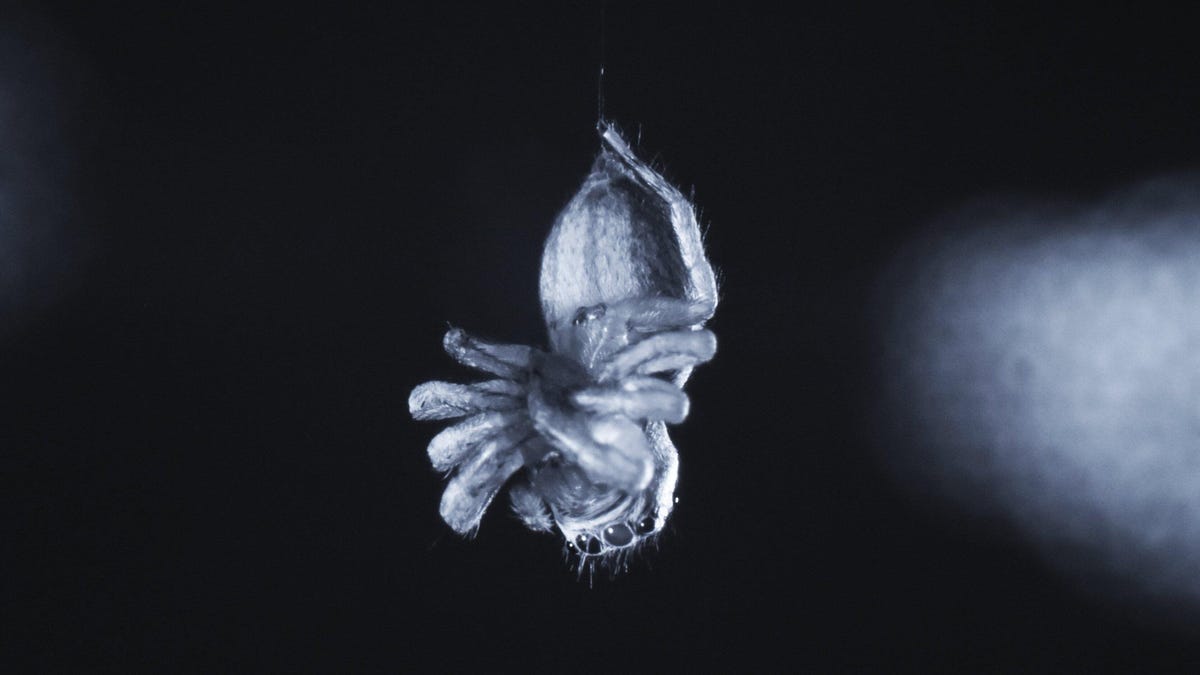Jumping Spiders Seem to Experience REM-Like Sleep, Might Even Dream
Call the Sandman. We're going to need a Dreaming for spiders.
Jumping spiders are arguably the cutest of arachnids. As if they weren't charming enough already, a team of scientists has observed an REM sleep-like state in the spiders, which leads to the possibility they may be dreaming. It's still early into the research on what's going on with the spiders, but the initial results are fascinating.
Ecologist Daniela Roessler of the University of Konstanz and the Max Planck Institute of Animal Behavior in Germany is the lead author of a report on jumping spiders published in the journal PNAS this week. Roessler took to Twitter to deliver a rundown on the study's findings.
Roessler shared video footage of jumping spiders in the Twitter thread. "Regular phases of curling up their legs and twitching in what seemed like uncontrolled movements. Reminding us a lot of sleeping dogs or cats, we asked: could this be REM sleep?" the researcher tweeted.
While filming hanging jumping spiders at night, we noticed surprising things happening. Regular phases of curling up their legs and twitching in what seemed like uncontrolled movements. Reminding us a lot of sleeping dogs or cats, we asked: could this be REM sleep? 2/7 pic.twitter.com/TdSjwg21hD
— Dr. Daniela Rößler 🌎 (@RoesslerDaniela) August 8, 2022
Humans and some other animals experience rapid eye movement (REM) sleep, a state associated with dreaming. You may have seen this in action with your dog's or cat's eyes darting around beneath closed lids and legs or feet jerking as if chasing something.
Spiders don't move their eyes like humans do, but they do move their retinas. Fortunately for the scientists, young jumping spiders are see-through, so the team tracked spiderlings' retinal movements as the arachnids suspended themselves by silk threads to rest at night. The team captured hours and hours of video and observed the spiders with their legs curled and twitching while their retinas were moving -- a combination that suggested a REM sleep-like state.
The report said the retinal movement bouts were consistent, with regular durations and intervals that increased over the course of the night.
The scientists aren't ready to declare that jumping spiders are dreaming, but Roessler called the possibility "exhilarating." "We need to have a closer look at how universal REM sleep and REM-like behaviors might be across the animal kingdom," Roessler tweeted. "There are likely many things we can learn from this, since even in humans REM sleep is still a big mystery."


